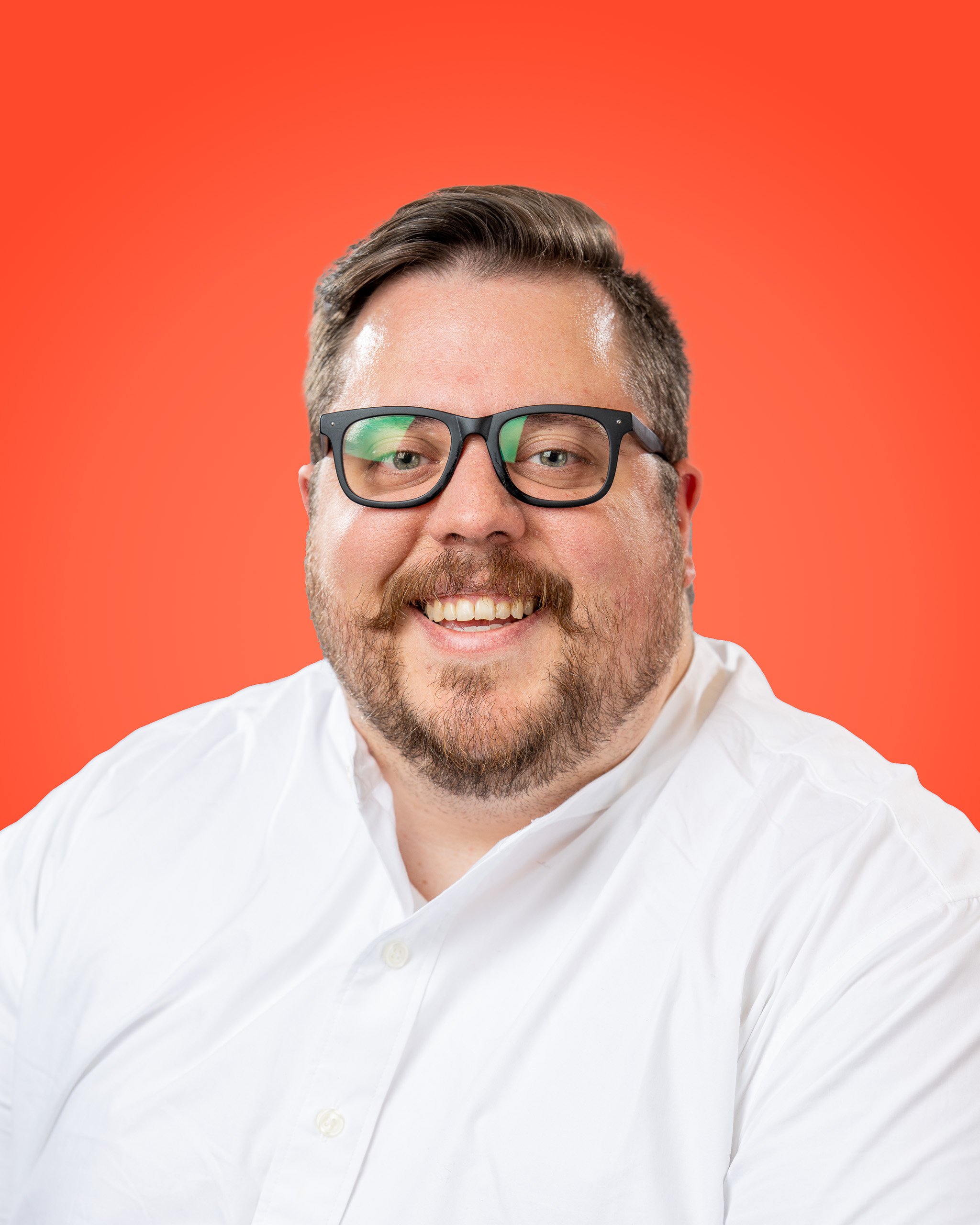October 19, 2022
 by Sara Rossio / October 19, 2022
by Sara Rossio / October 19, 2022

As the Chief Product Officer at G2, I live and breathe the world of peer reviews.
And, we have a lot of them in the G2 marketplace as of today – nearly 1.9 million – all focused on B2B software. But I’ve had this passion even before coming to G2, as I previously led product management at PowerReviews, a ratings and reviews specialist helping brands and retailers do more with user-generated content (UGC).
My experience in both the B2B and B2C worlds of reviews has allowed me to have a deep appreciation for not just the power of tapping into the voice of real users, but also in doing this authentically and ethically.
Consumer and business buyers alike rely on peer reviews to inform their purchasing decisions, whether that’s for a hotel room, a pair of jeans, a restaurant, or a piece of software.
As review platforms and brands that collect, moderate, and publish reviews, we all have a responsibility to ensure that those reviews are reliable and representative of the products and services.
And while I don’t believe this is typically done intentionally, this responsibility has not always been upheld by some. Rules get broken, and in other cases, there are loopholes to those rules. I view this as an opportunity for the reviews landscape as a whole to do better, be more transparent, and ensure the trust of those buyers globally who rely on reviews.
As a major step forward to help improve the reviews landscape, the Federal Trade Commission (FTC) published an expanded set of guidelines this year. In parallel, it also brought lawsuits against several different businesses for not complying with prior guidelines, displaying the gravity and seriousness of the reviews business.
At G2, we have always believed this is the right thing to do, and we are pleased that the FTC guidelines now give the end user the transparency they so deserve. We take this responsibility of being the largest and most trusted software marketplace very seriously and encourage both other review sites and businesses listed in them to do the same.
This isn’t just to avoid a lawsuit, but to remain committed to improving the reviews space overall – increasing transparency, trust, and authenticity.
In our efforts to put our marketplace at the highest rank for authenticity, we discourage and will remove reviews that are:
So, if you’re any stakeholder in the reviews ecosystem – including marketplaces and individual brands/vendors – what can you do to do your part?
To start, you can read the latest materials from the FTC and reference them regularly whenever you’re unsure about something:
From G2’s perspective, the following best practices are key along all stages of the G2 review process – from collection to moderation and publishing. Please note this is not an exhaustive list, but does reflect tips for the scenarios we most often see causing confusion or concern.
Of course, don’t only ask your friends for reviews – but it’s a lot more nuanced than that. When determining who to reach out to, pull lists that are representative of your customer base.
You can pull industry segments, but not intentionally pull lists that are more likely to provide more positive reviews. For example, don’t only request reviews from customers who just renewed with you, since that’s a biased segment of users who are likely happy since they just resigned their contract.
When you’re reaching out to request reviews, ensure your message doesn’t include language that could be perceived as requesting only positive, 5-star reviews.
You can incentivize reviews, but that can’t be conditional on a positive review. There is often a misconception that incentives bias people. However, this is not true if you are doing it correctly. When offering an incentivized review, you are incenting their time for an honest review.
For example, a G2 form could take someone between 7-20 minutes to complete. We want someone who takes this seriously and is thoughtful, sharing their detailed perspective.
Another way to be more thoughtful with collections is to collect where you know your full base of users is, such as collecting in-app. Through G2 integrations with Pendo or Medallia, you’re able to solicit reviews from users while they’re active in-app, making them good candidates for a review (as opposed to users infrequently logging in). If you’re looking to leverage event-based triggers, look to minimize bias there as well.
Tip: Send a review request after every NPS submission, but don’t trigger a review request only to users who report high net promoter scores (NPS).
With G2’s in-app integration with Delighted, we actually block people from only asking for reviews from high NPS, so the integration is 100% compliant.
Good review moderation comes from a combination of human and automation. This is critical to making sure reviewers are actual users. At G2, we have a rigorous verification process, where we leverage user business emails, LinkedIn profiles, and even request images of the software to validate a reviewer is an actual user.
During moderation, brands and review platforms must be unbiased with their decision to reject or accept reviews. Customers should have confidence that the reviews published are from real users and that no authentic reviews are being withheld (because they are critical, or for any other reason).
Another misconception out there is around negative reviews. We’ve seen that brands and products are actually viewed as more trustworthy when they have some negative reviews, as long as they engage with reviewers and respond to them. It seems inauthentic when there are ONLY five-star reviews with no criticism at all.
In some cases, the negative reviews may not even apply to the user reading it, but it’s helpful to see the honest feedback from others. A Northwestern University study has even found that products with an average star rating in the 4.7 - 5.0 range are less likely to be purchased than those in the 4.2 - 4.7 range.
Once a review passes the sniff test, the hard work is not yet done. Publishing reviews is another important step in the process.
This is an opportunity to be as transparent as possible with any applicable disclosures. For example, we often see the comment accompanying a review that says something like “this review was collected as part of a promotion” to denote the incentivized aspect of it.
At G2, we have explicitly added an "Incentivized" tag to all incentivized reviews to make that more prominent. Another best practice for our vendors is to let us know when they manually incentivize on their own and not through G2, because we can go in and add the tag for them to ensure the reviews on our site remain compliant and up to date.
Because the review publishing process is yours to own, being transparent with how it’s done will help not just follow FTC guidelines, but it will also give your users the peace of mind that what they see is the real deal.
In a world where customer voice is becoming increasingly powerful, the practices you use to instill trust with current and future customers are extremely important.
It’s time to be more thoughtful than you ever have been before. Trust is like a mirror: once it’s broken, it’s difficult to look at it the same ever again.
Even if you yourself are not collecting, moderating, or publishing reviews, you may be a stakeholder in selecting a review or reputation management platform. Be sure to ask vendors about their review practices.
And if you’re a G2 customer, ask your CSM to point you to our Community Guidelines which are, of course, compliant with FTC’s guidelines and are instrumental in upholding trust and transparency with your customers.
Sara Rossio is Chief Product Officer at G2, where she manages the entirety of G2's product portfolio and has a keen eye for identifying new market opportunities. Having spent over 20 years building and managing software solutions in various product leadership roles, Sara is an effective leader, developing and executing both short and long-term strategic plans that drive profitability. Prior to joining G2, she held leadership positions at NAVTEQ/Here, Gogo, and PowerReviews. Sara holds five patents, and consistently focuses on solving user problems with technology. She earned her BSBA in Marketing & International Business from Ohio State University.
Buckle up, Speed Racer. The software world moves so fast that it’ll make your head spin.
 by Stephen Hoops
by Stephen Hoops
You can patch a system in minutes, but patching human behavior? That takes work.
 by Harshita Tewari
by Harshita Tewari
Algorithms are like a recipe for a cake. The core ingredients may stay the same, but a great...
 by Sara Rossio
by Sara Rossio
Buckle up, Speed Racer. The software world moves so fast that it’ll make your head spin.
 by Stephen Hoops
by Stephen Hoops
You can patch a system in minutes, but patching human behavior? That takes work.
 by Harshita Tewari
by Harshita Tewari


